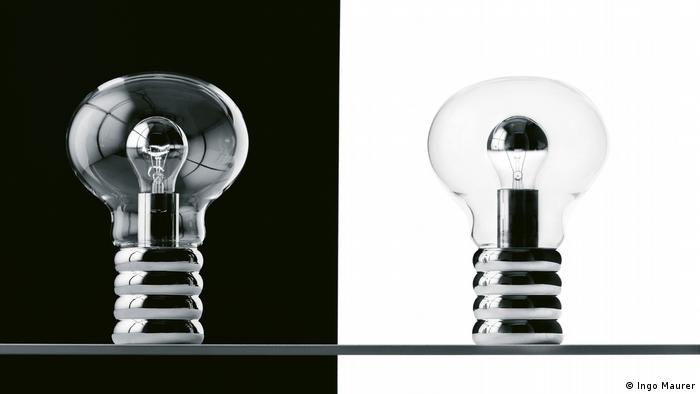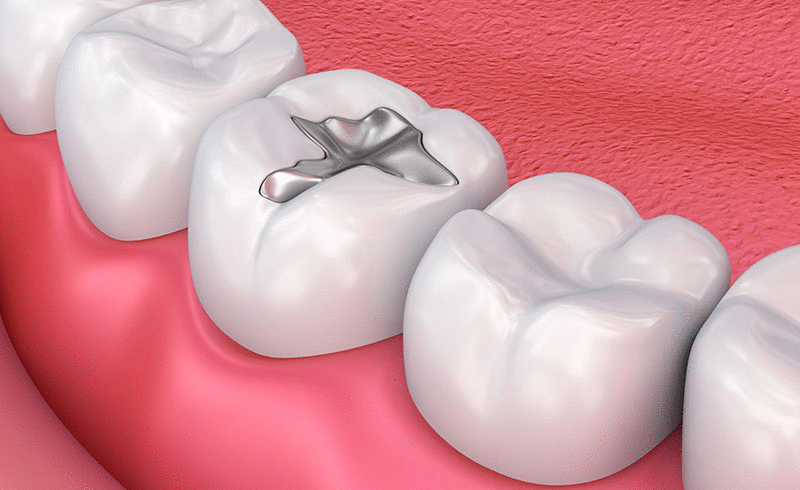POWDER METALLURGY
Introducing
The process of manufacturing parts by combining metal powders, compressing them into the desired shape (pressing) and sintering them in a regulated atmosphere is the powder metallurgy (PM) system. Dust is considered the bulk of solid particles less than 1 mm in size. Powder Metallurgy is the method of shaping the powders in a mold under pressure and forming a neck at the points where at a certain temperature and time values they meet each other, and by closing the pores at the desired degree in the structure.
Part Production by Process for Powder Metallurgy
Powder processing is the first step of powder metallurgy. The selection of powder according to the desired output is one of the most significant issues in the production of parts with PM. It is therefore very important to determine the output of the powder and the properties of the powder produced. The size of the grain, the shape of the grain, the fluidity of the powder produced and whether or not the powder is easily oxidized are very important. In addition, manufacturing is expected to be economical. For part manufacturing with PM, different flow charts are available. Sintering is usually carried out in a controlled atmosphere or vacuum environment by cold pressing and then by heating. In forming the powders heated by hot forging in a vacuum setting, the portion gains better properties. The production is completed when necessary by applying the finishing processes. Typically, parts produced by powder metallurgy have some porosity. The amount of pores varies according to the pressing pressure during powder pressing. As the pressing pressure increases, the number of pores decreases. The number of pores is almost negligible in the hot beating process. In addition, depending on the increasing pressing pressure, the amount of powders in contact with each other and the contact surface area increases. According to the amount of pores, the strength value of the parts formed with PM varies. The process phases of partial development with the PM method have been discussed briefly below.
A. Mixing or mixing: This is the method by which powders of the appropriate size, shape and composition are mixed with lubricant or binding additives and powders of the alloying product. Until a homogeneous mixture is obtained, this process is continued in special mixers. In blending, it is ensured that a homogeneous mixture forms powders of various sizes.
B. Shaping: The powder mixture, in the ideal form and size, is packed into a durable mold. Thus, the powder mass is assured to be formed with adequate strength and density. The compression ratio is the ratio of the volume of loose powder to the volume of compacted powder. The compression pressure typically varies from 0-800 MPa. For the raw materials used, this ratio varies depending on the features.
C. Sintering: It keeps the components in a controlled atmosphere at a temperature below 1/3 of the main component's melting point. At this point, along with the formation of chemical bonds between the powder particles, recrystallization and grain growth are also observed. The protective environment makes it possible for the part to be oxide free and avoids adverse reactions between the part and its surroundings. The intensity and dignity of the piece is greatly improved at this point.
D. Post-sinter therapy: PM section typically after sintering it will be ready for use. While it is not economically attractive, it can require certain post-sinter processes. Calibration of the compression process in a mold that varies from the first compression process to provide accuracy of surface accuracy, density and measurement or re-pressing. Remove oil, plastic, etc. from the pores of the PM component. Filling with a substance that is not silver, such as. By impregnating the pores with a metal or alloy with a low melting point, density, strength, stiffness, ductility and impact strength can be increased. As in castings during the removal of chips. It is necessary to use instruments with not too sharp tips, high speeds, low chip thickness and volatile coolants. The pores on the surface are closed with resin or deformation prior to the coating process, preventing salt baths from filling the pores and applying traditional methods of coating. In order to improve their hardness, compression strength, wear and corrosion resistance, the surfaces of iron-based parts are coated with magnetic iron oxide via the steam process. By applying dry pressure steam to the parts at 600 ° C, the process is performed. It is possible to apply heat treatment in a conventional manner. The process atmosphere penetrates into the internal structure of the components through continuous pores with a low density during the heat treatment of the pieces. As in other materials, welding techniques may be introduced. Leaked, high-density sections of copper and copper-based alloys can be effectively welded and brass-welded.
E. Production Stages: At this point, after the processing of the material, the material can be re-processed according to the material's condition. If these procedures are deemed necessary, at this point they are implemented.
F. Finishing Operations: It is the final stage used for the preparation of the material for use. Processes including heat treatment, machining, washing, labeling and packaging can be seen at this point.
Automotive power transmission gears
High temperature filters
Videos about the powder metallurgy for learning more information;






